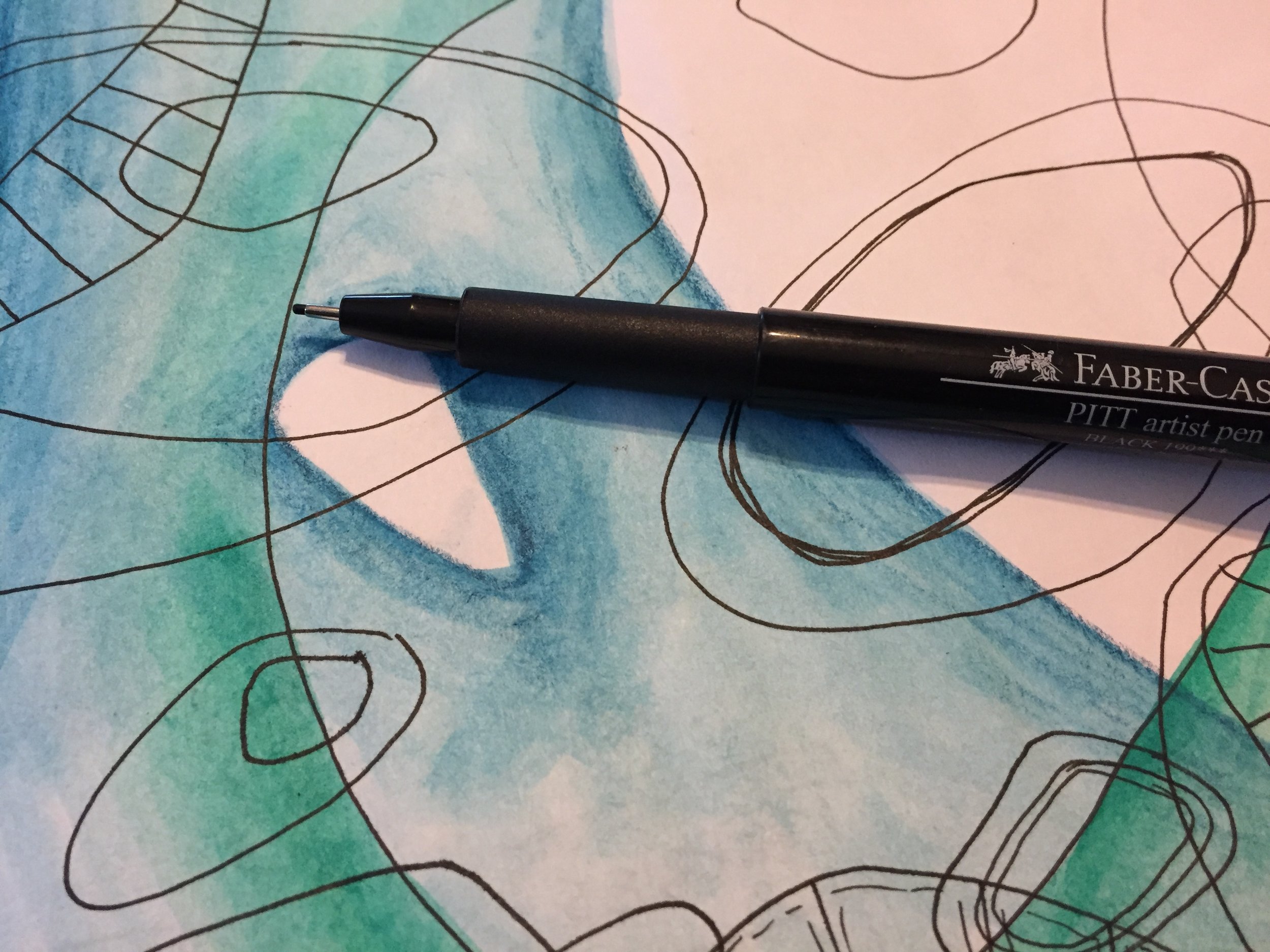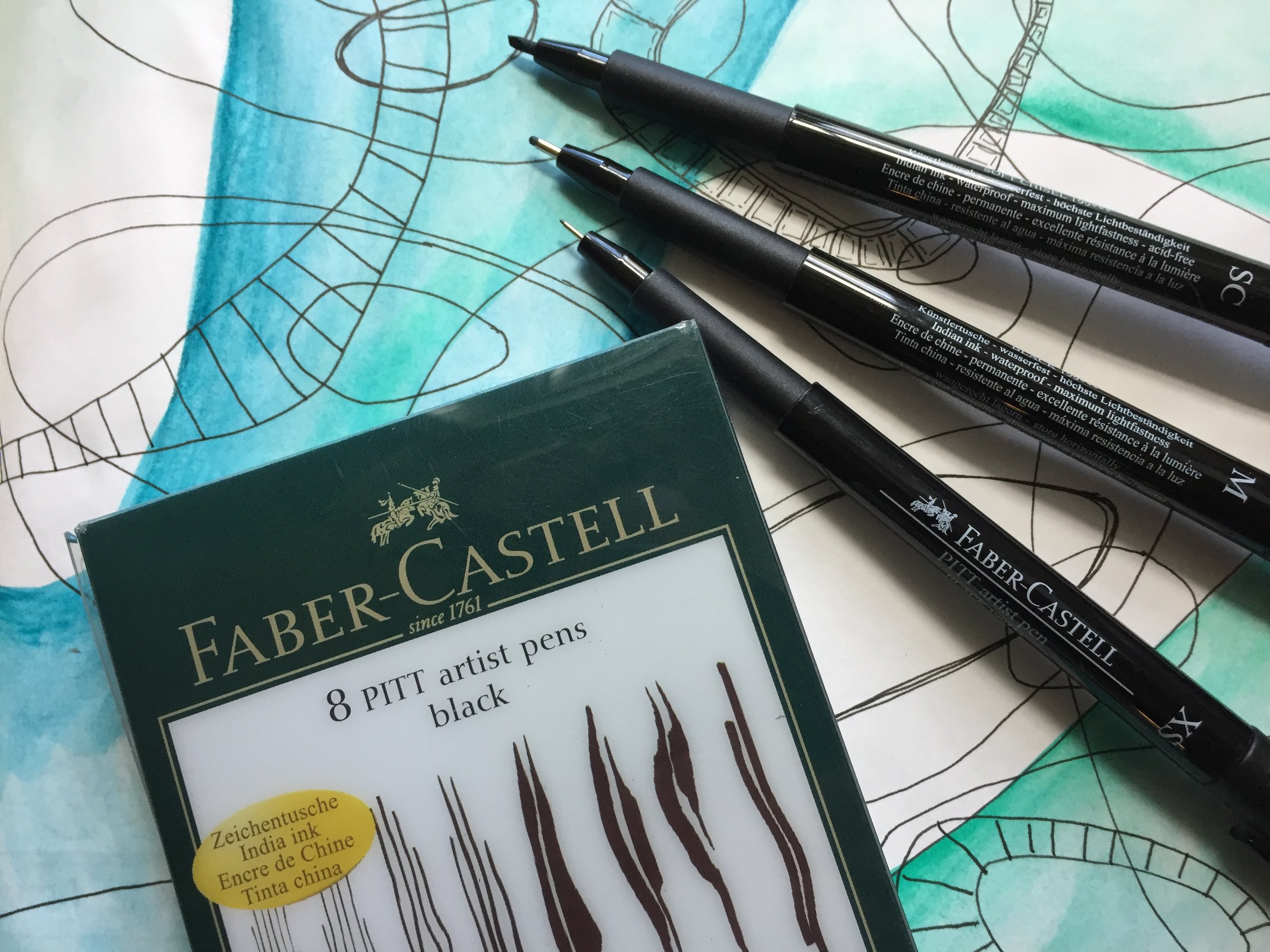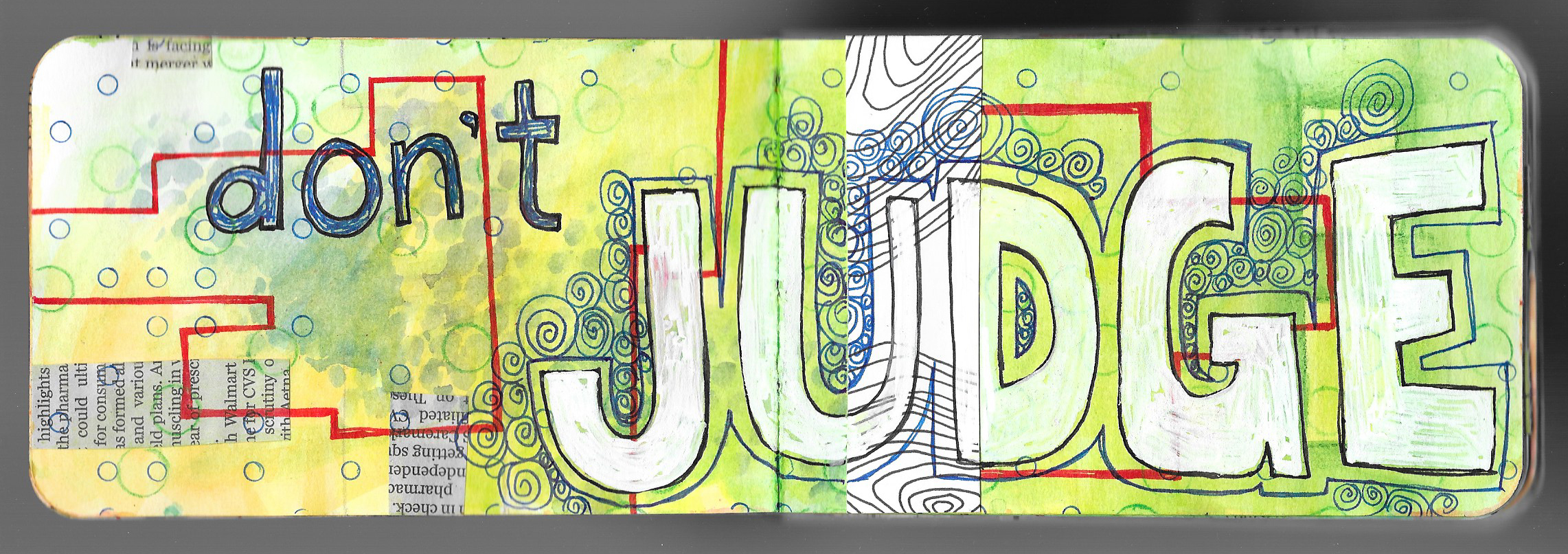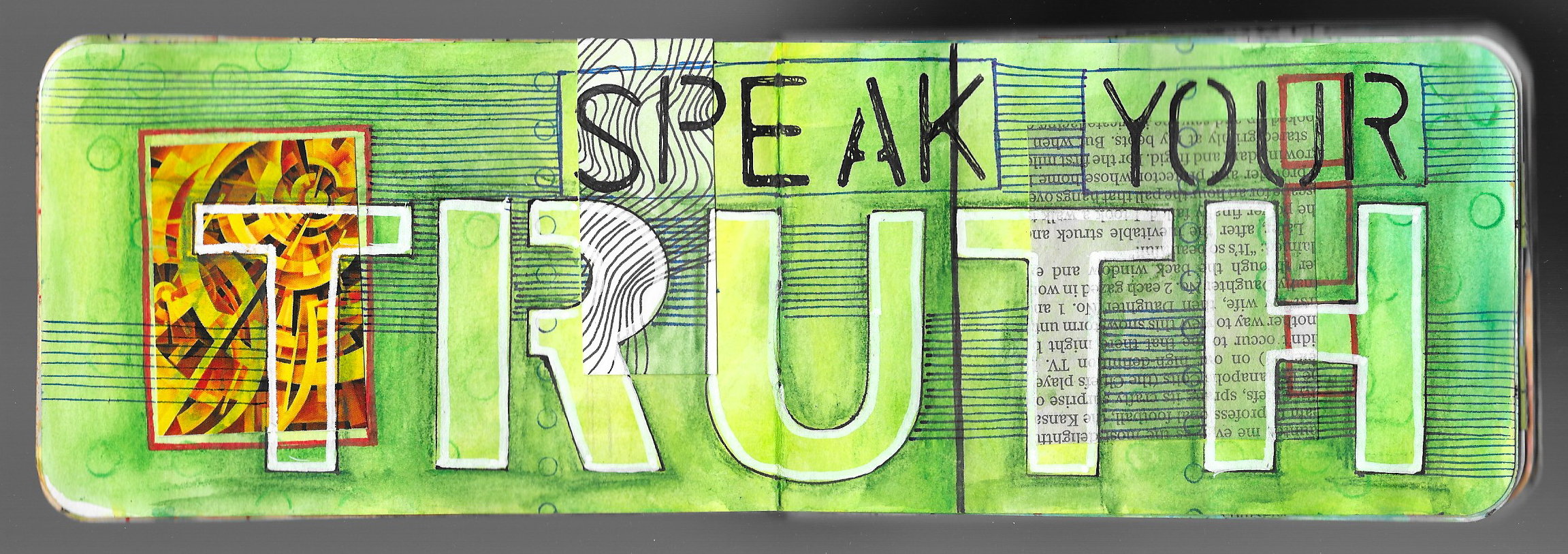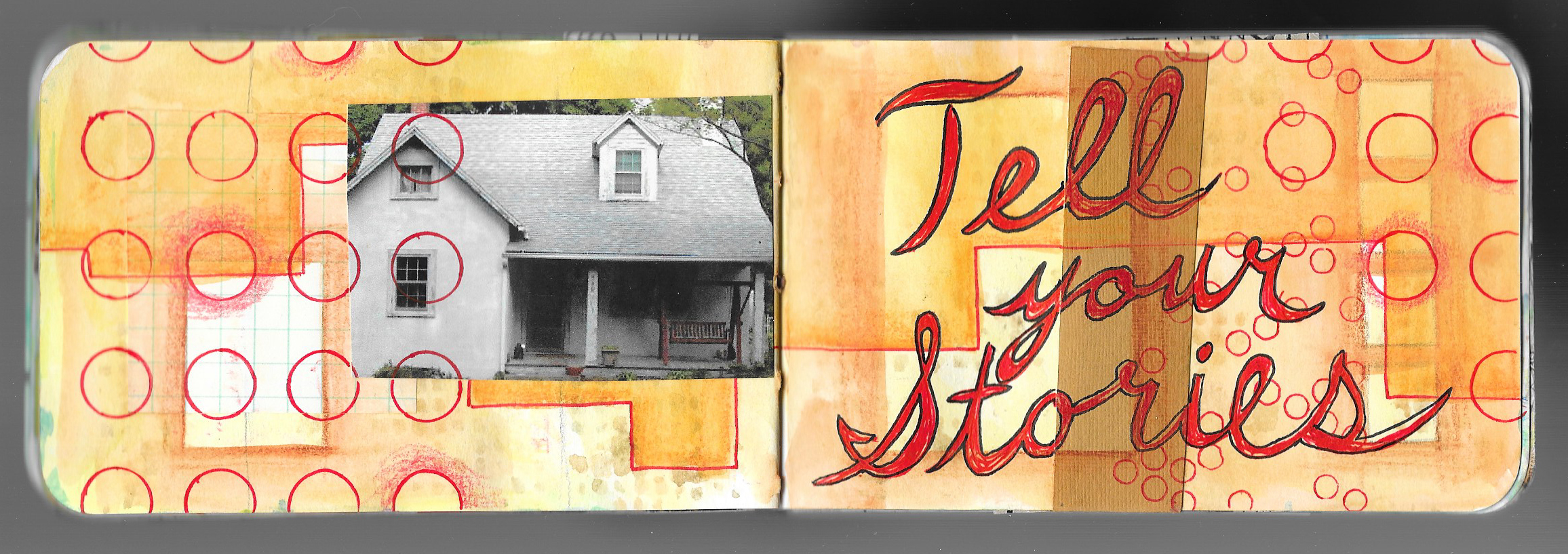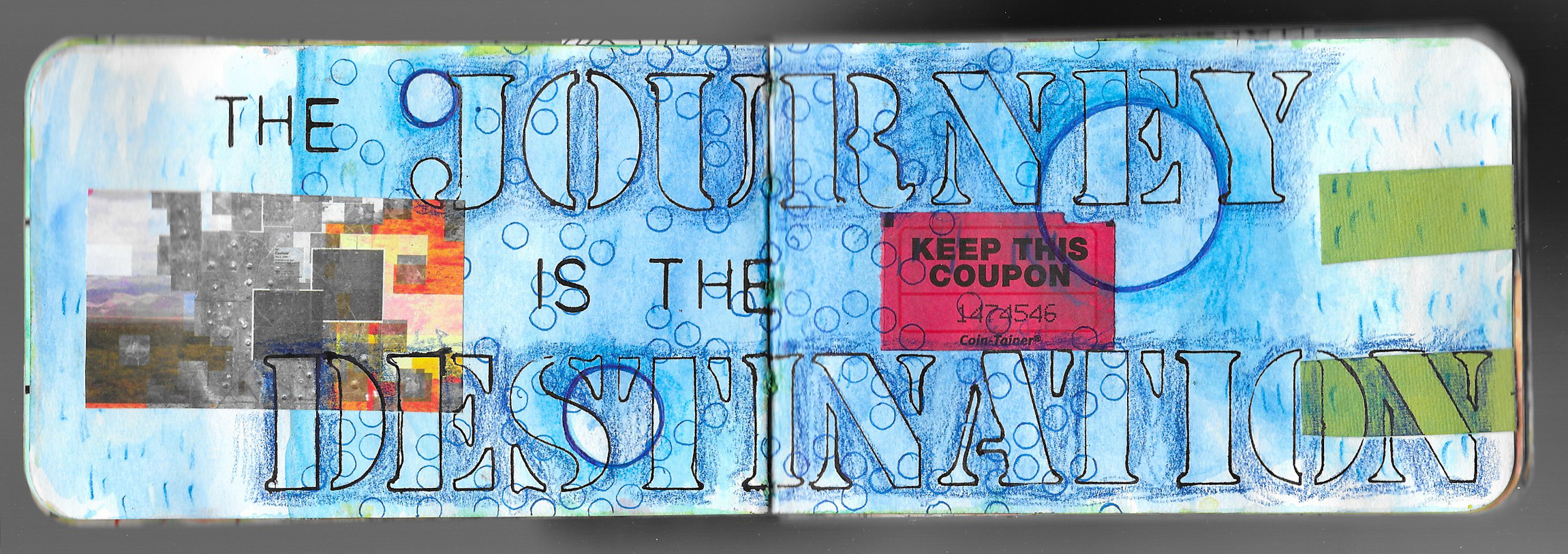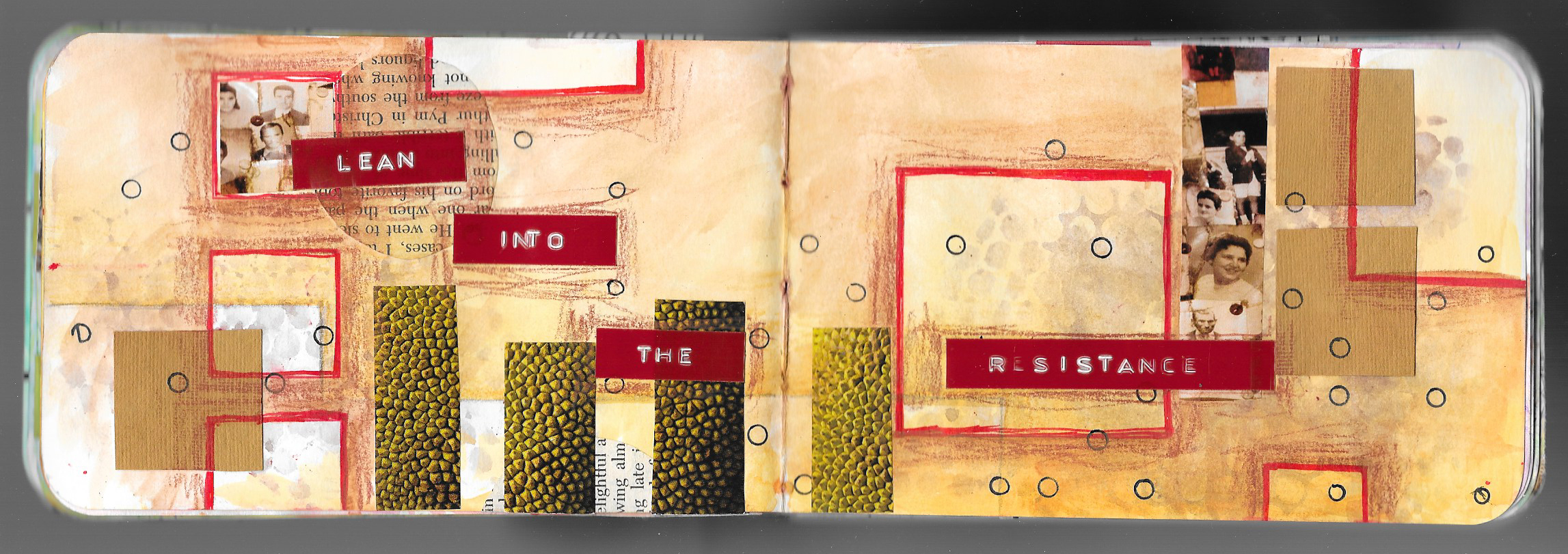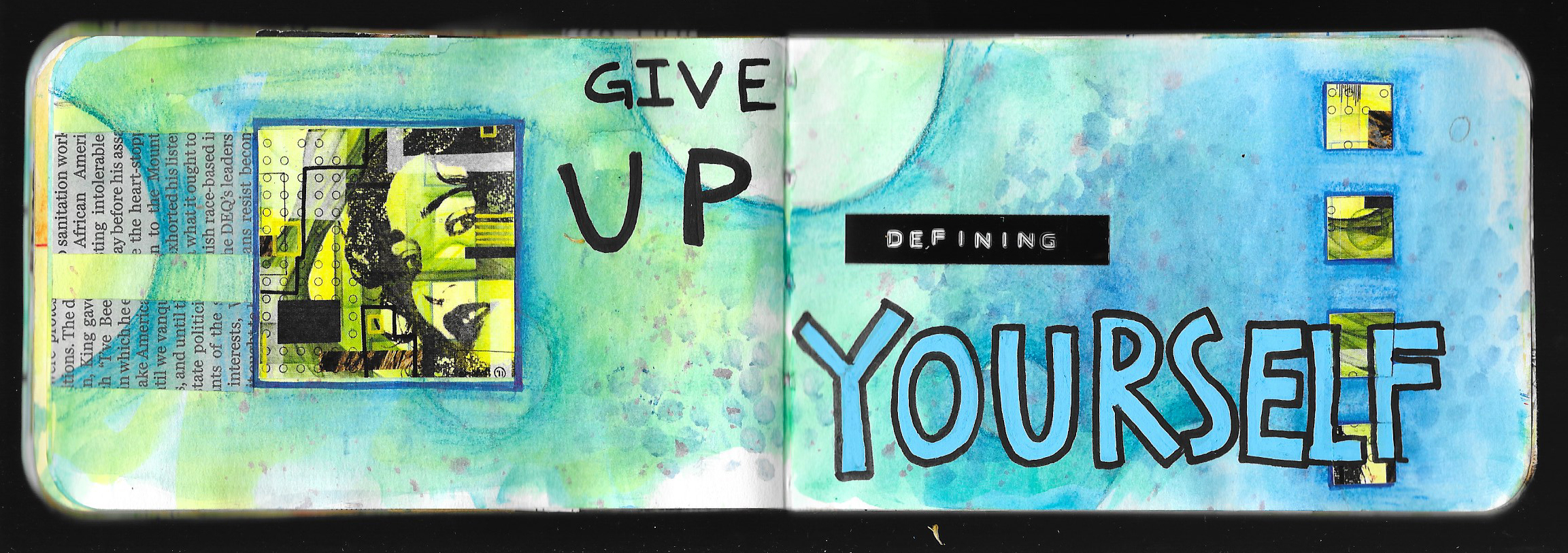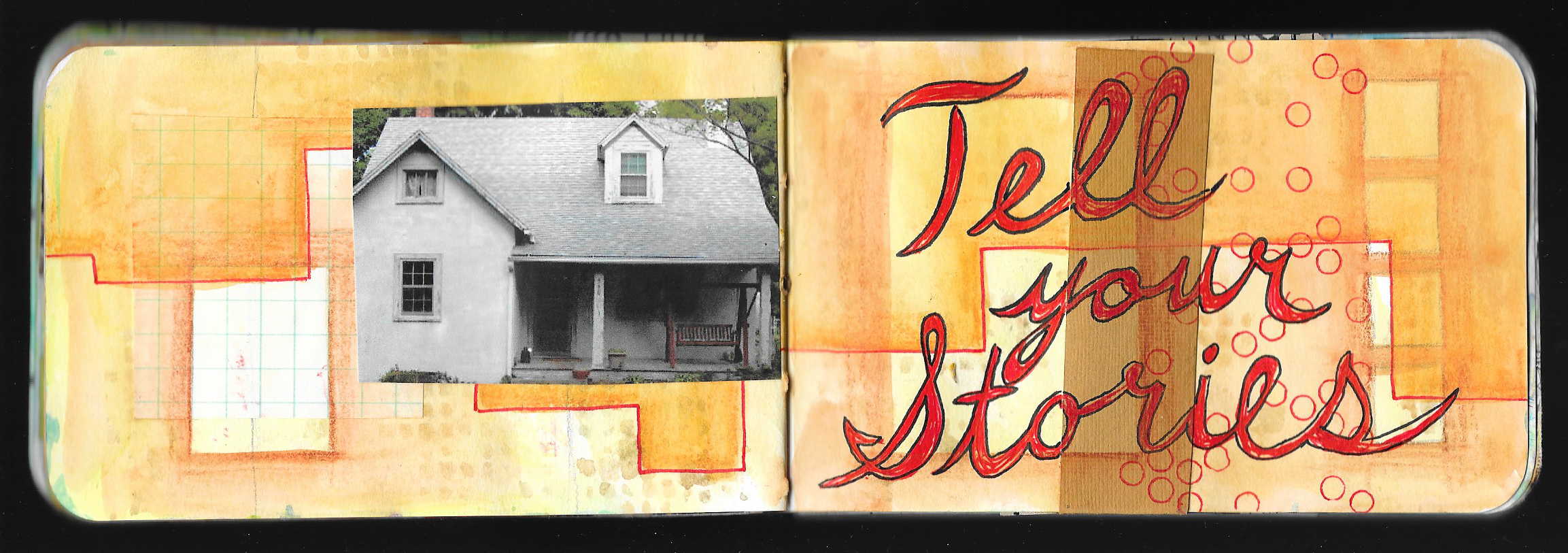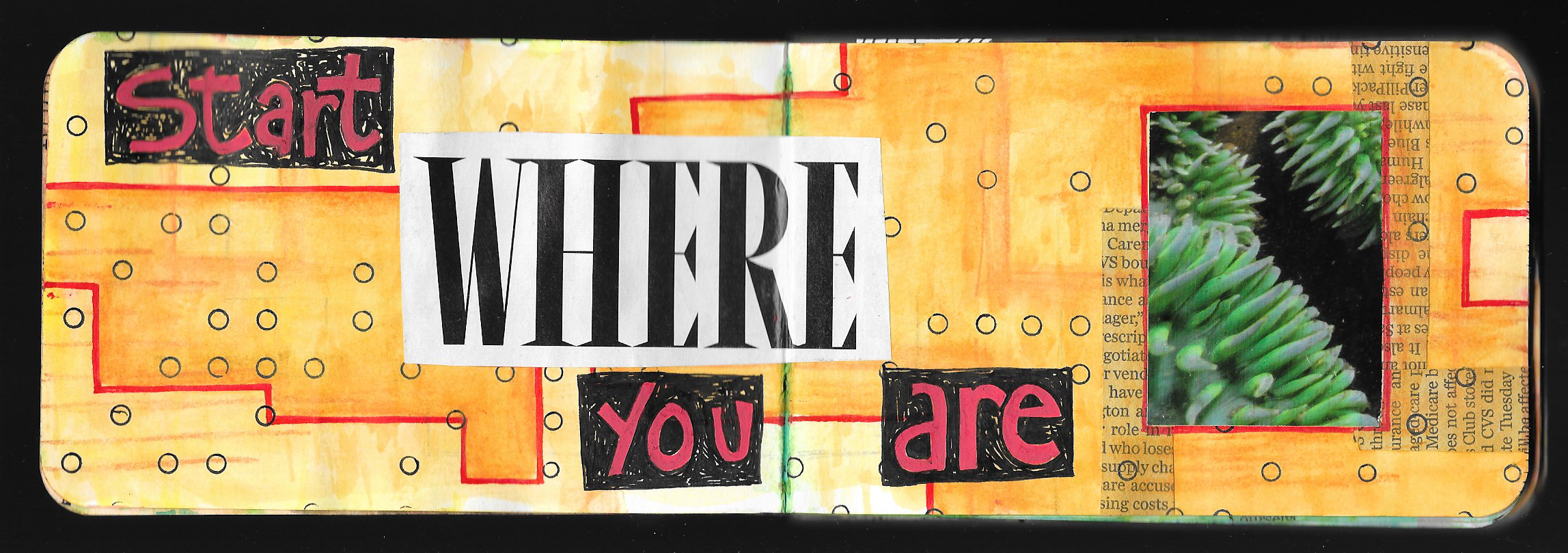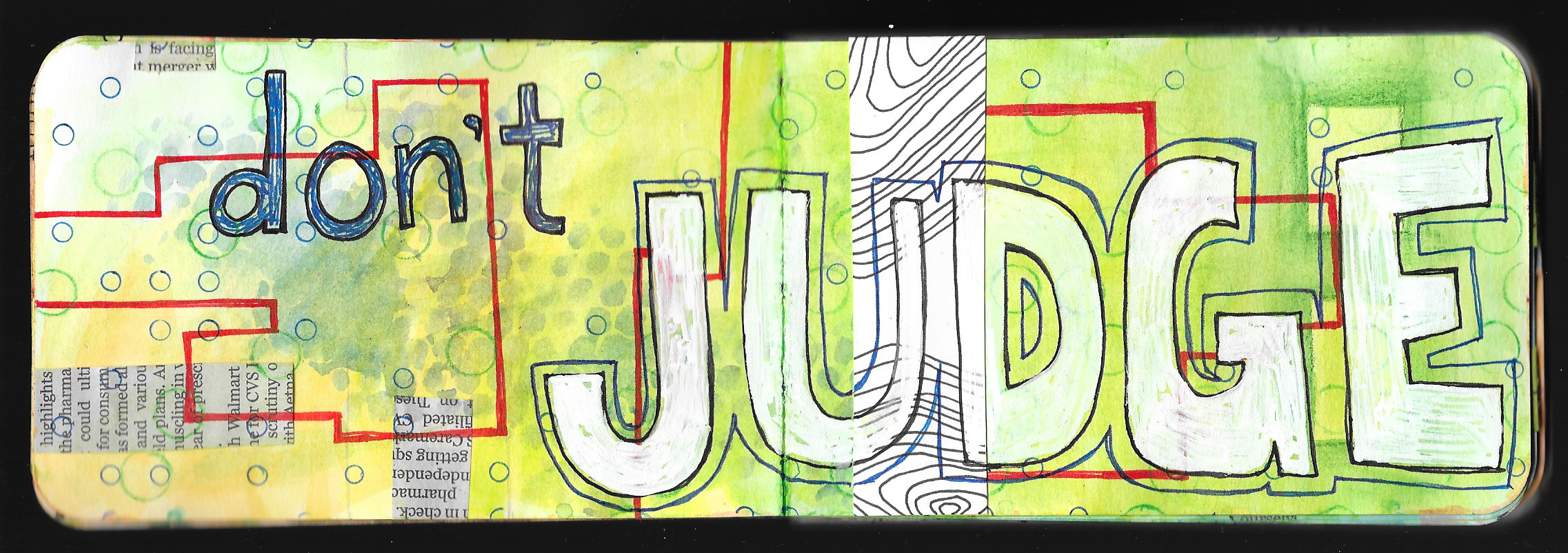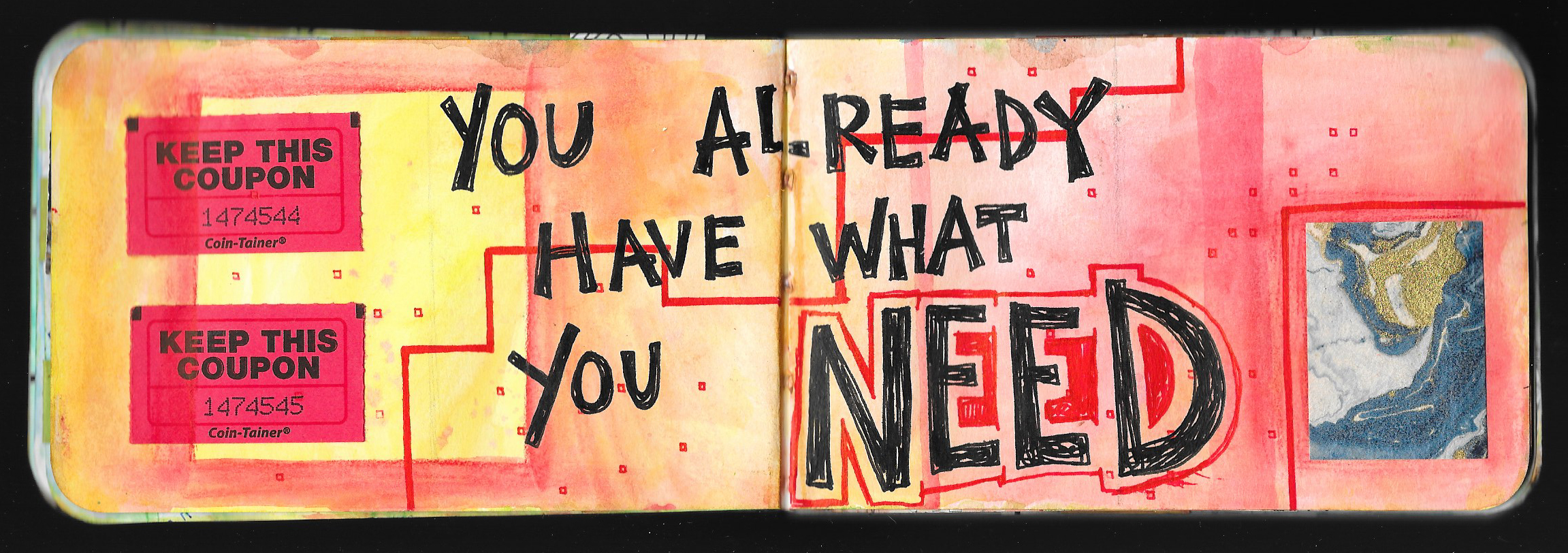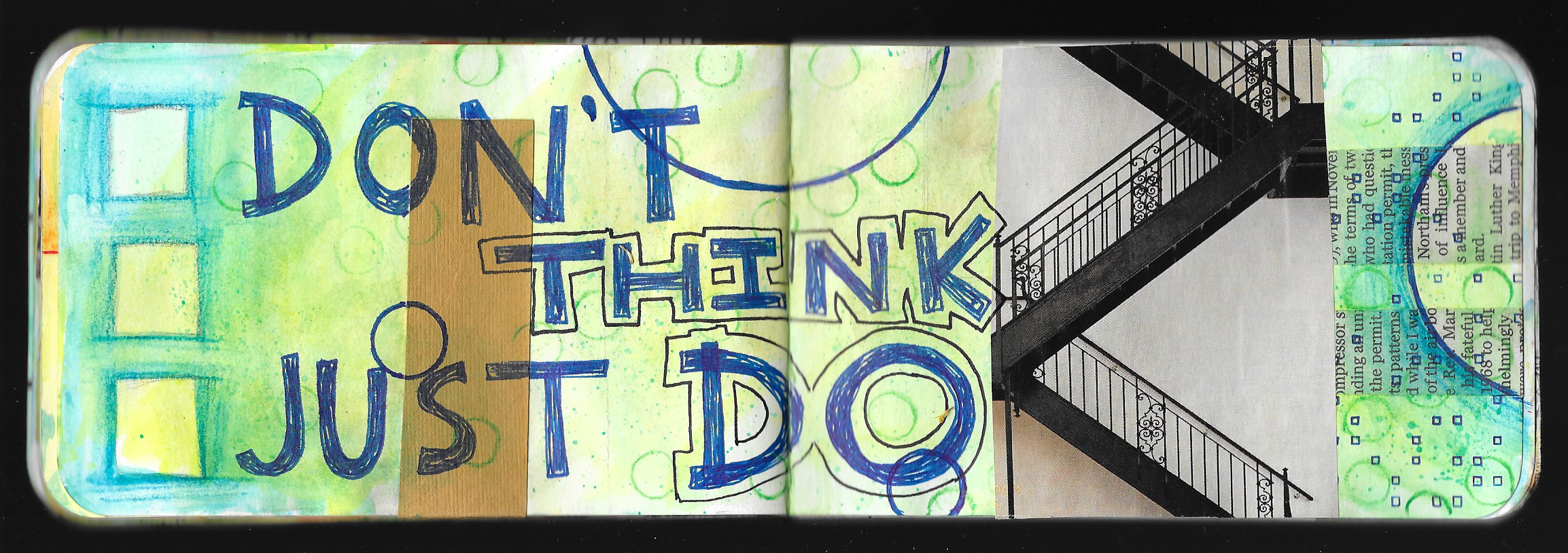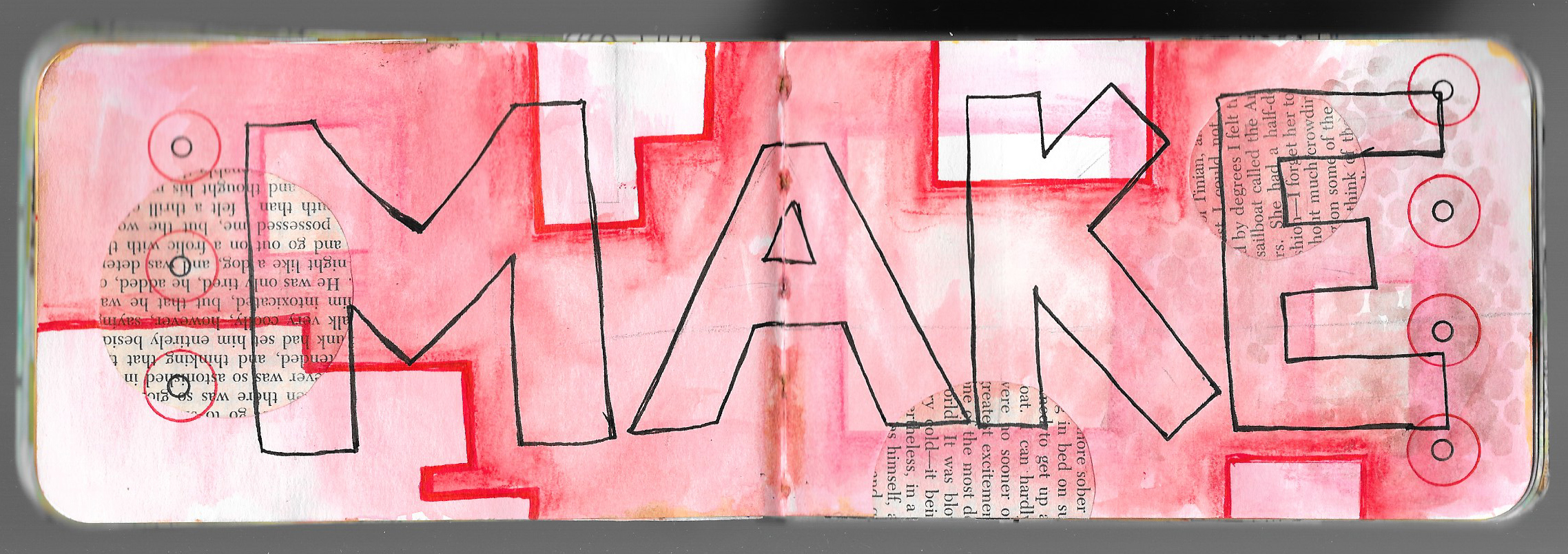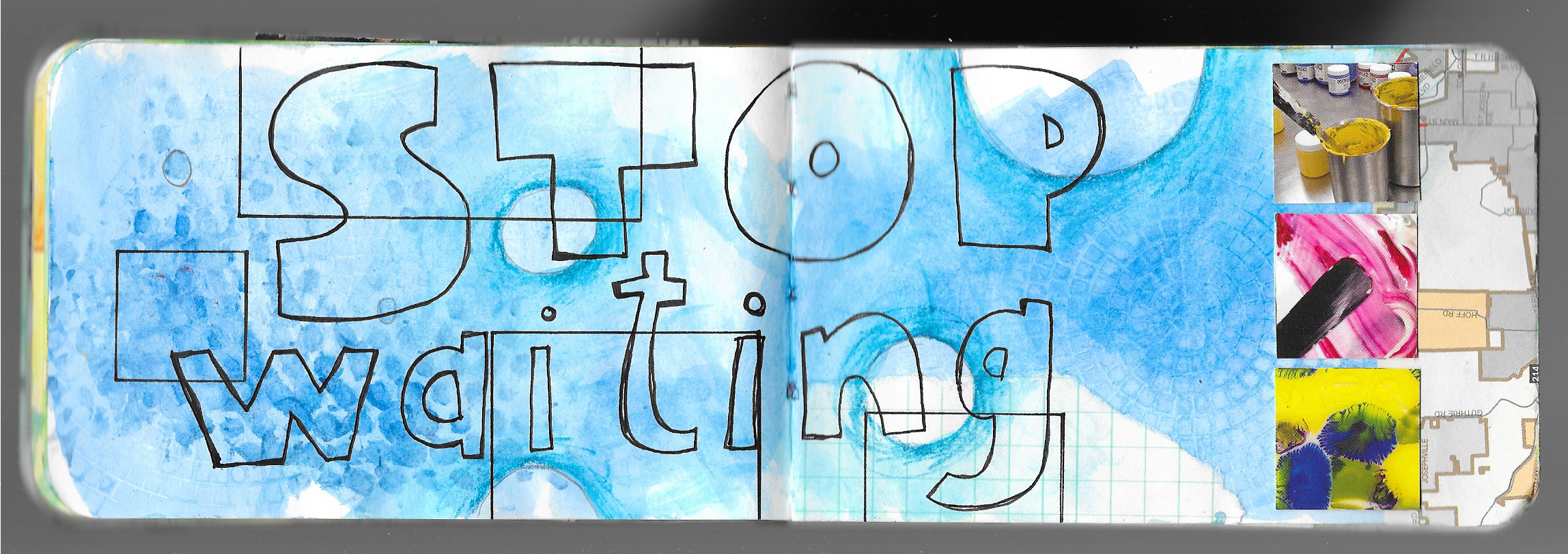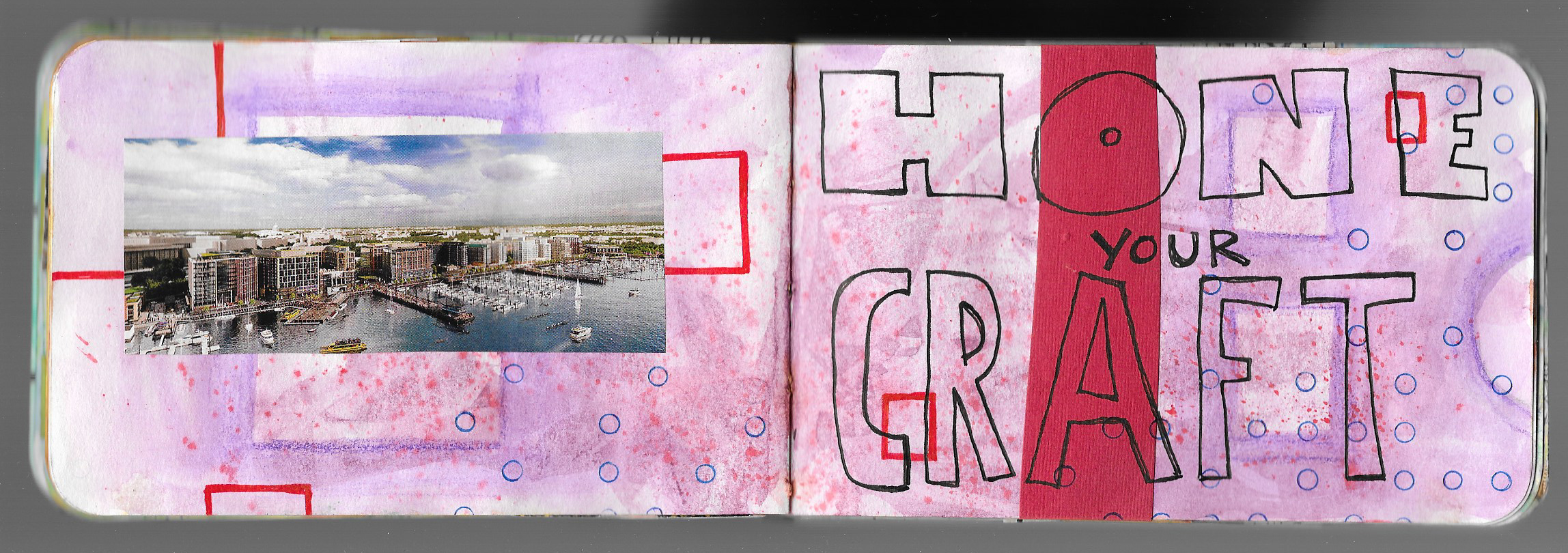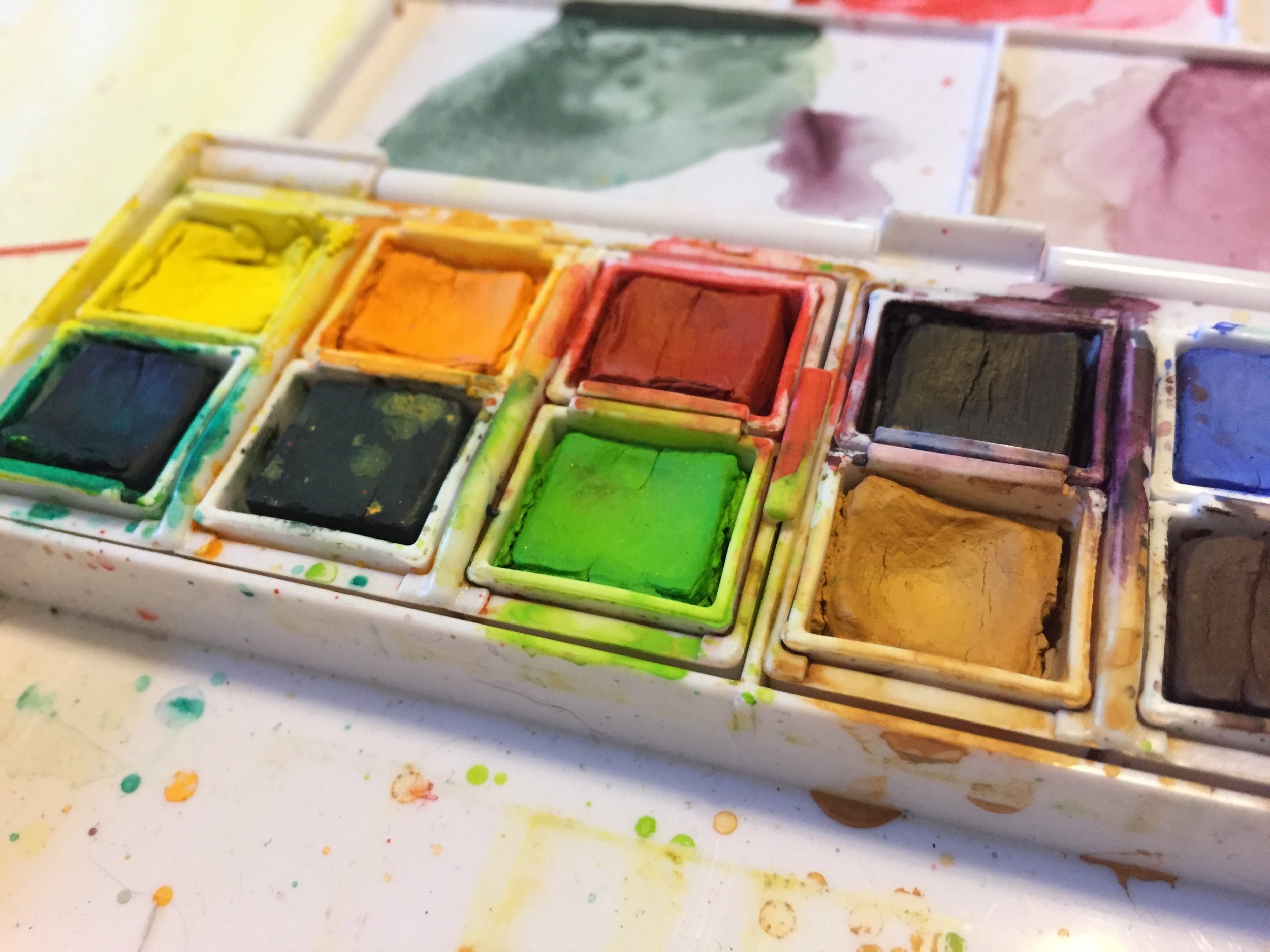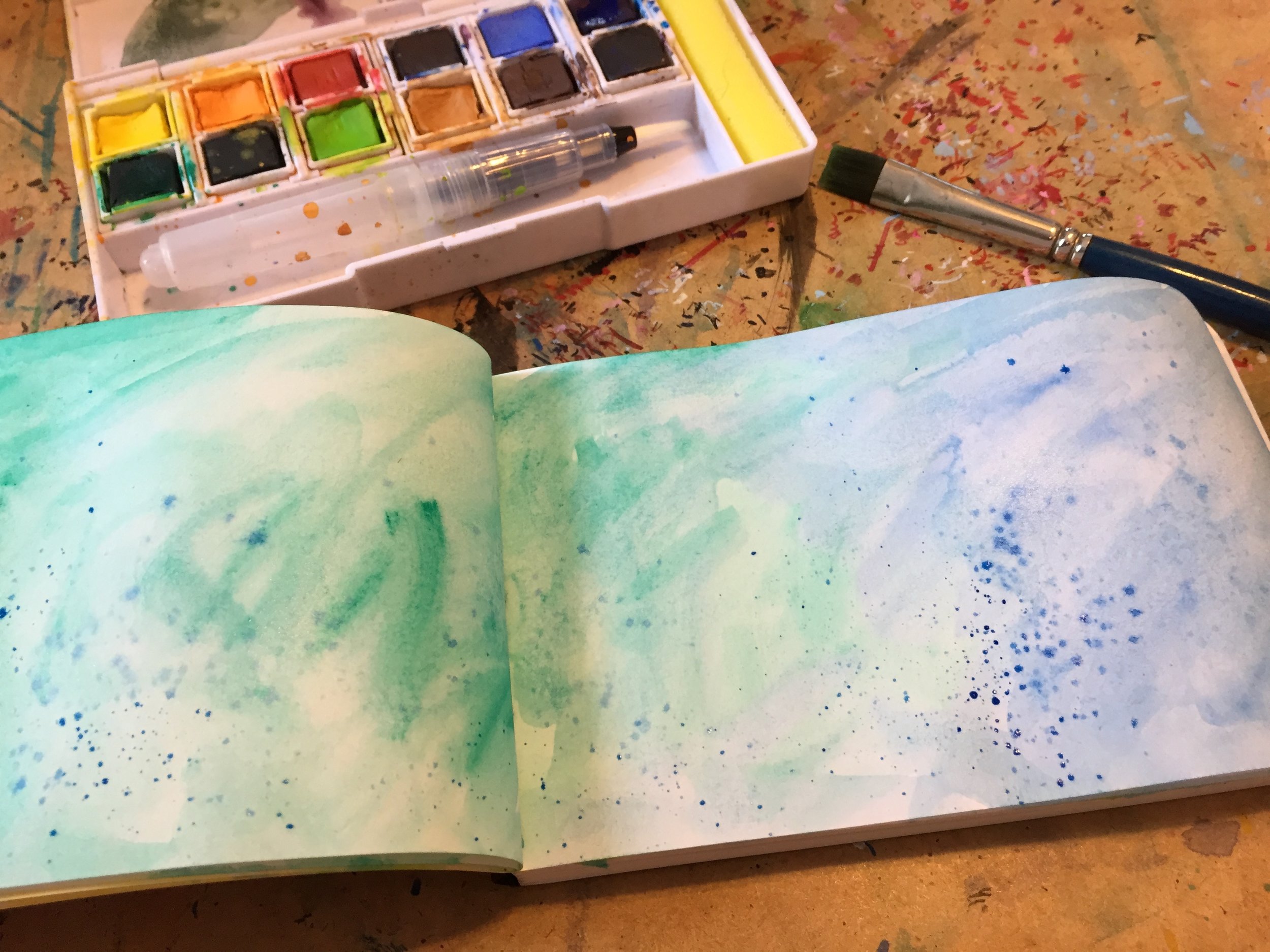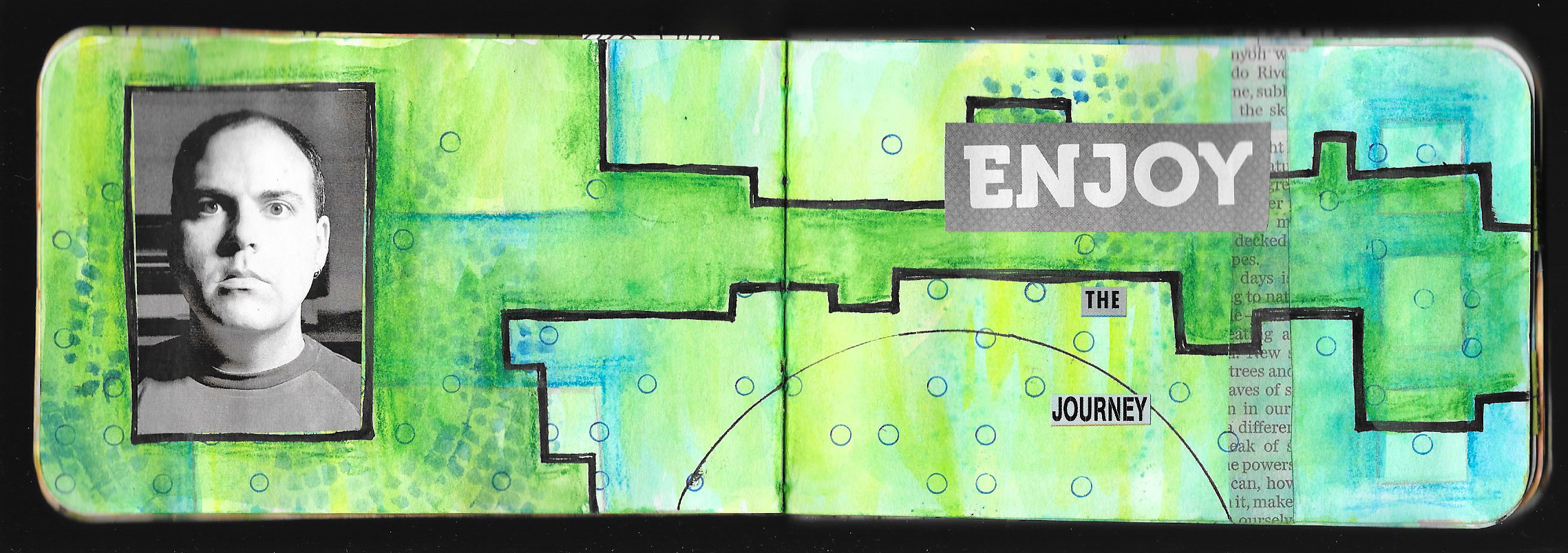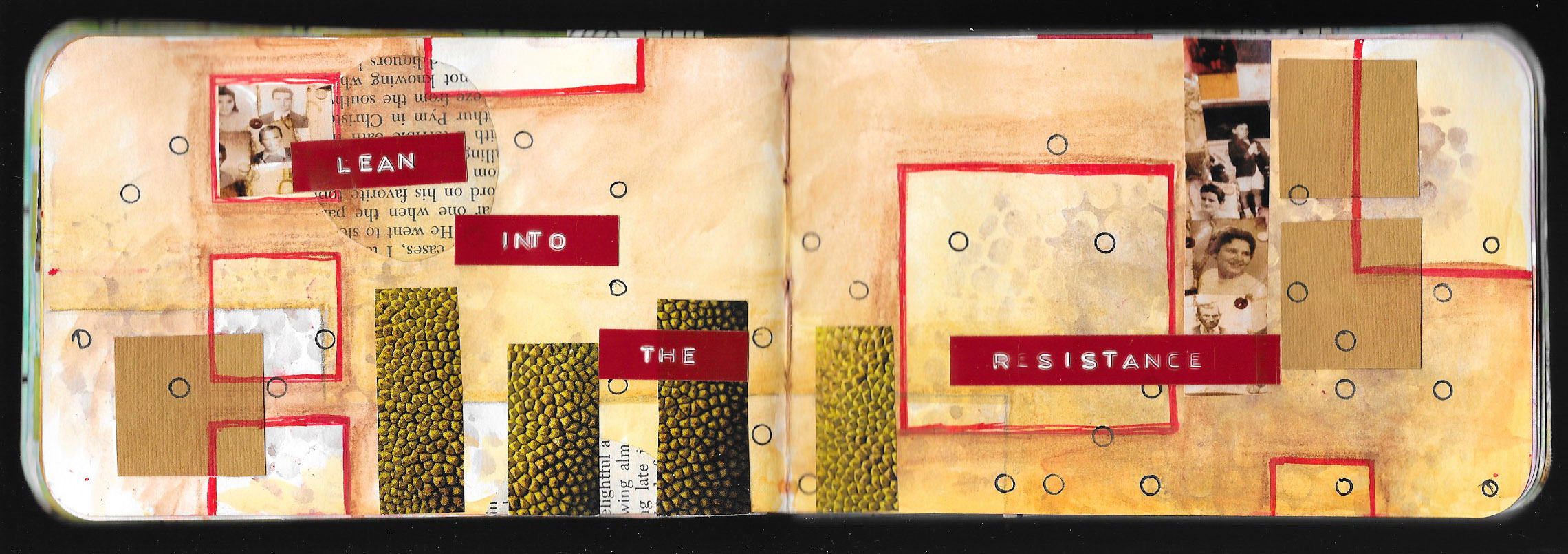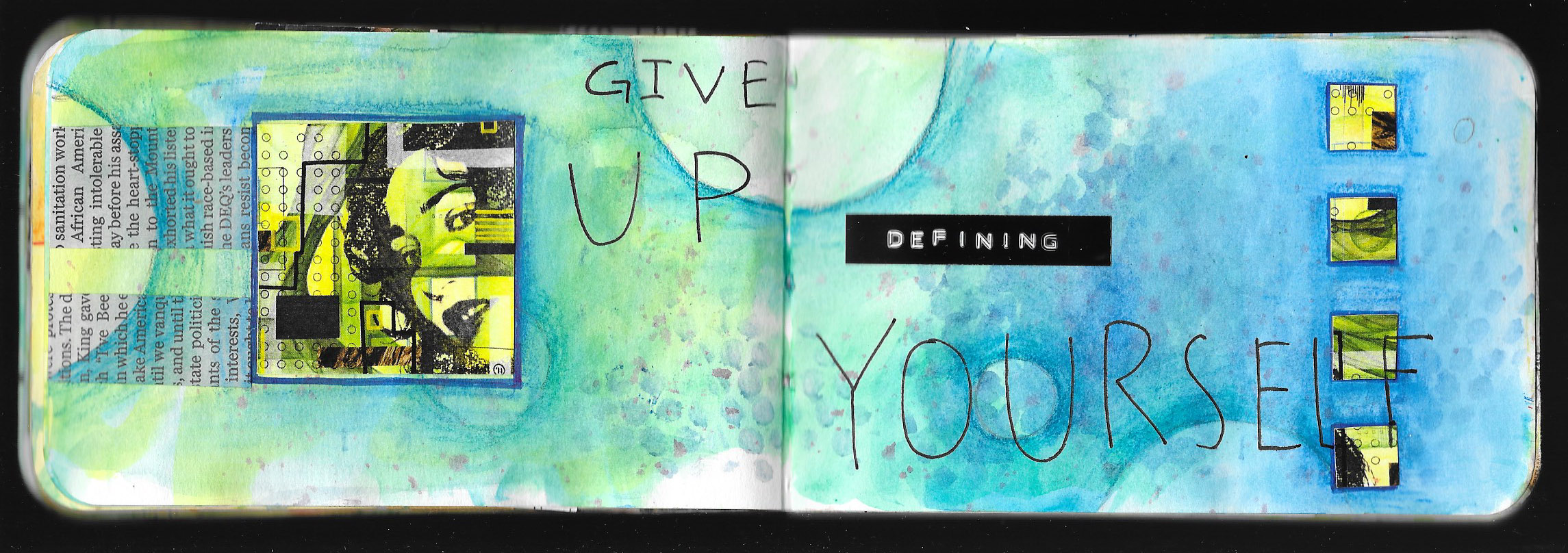Like most visual journalists, I’m always on the lookout for a good pen, and having a variety of drawing pens in the journal kit is a must have for me. There are a wide variety of drawing pens out there with certain big names dominating the market. But I like the Faber-Castell Pitt Artist Pens. I’ve only used the black, so I can’t specifically speak about the multiple colors available in the product line, but I am a big fan of the black. However, I am dying to try some of the 58 colors they have.
The Pitt pens use India ink, and Faber-Castell claims that they are permanent and waterproof. I must say that the ink holds up well to the wet media that I use in my journal and my artwork. I have had issues with some other brands that have claimed to be permanent and waterproof, but the Pitt pens live up to the claim with little to no bleeding if given enough time to dry. However, like any waterproof pen, the more ink that you lay down in an area, the more likely some of the ink will lift and spread when painted over with wet media. But it has not been an issue at all.
One of the things that I love about the black Pitt pens is the range of tip sizes, and you can even buy a set that has eight different sizes and types of tips — everything from an Extra Superfine to a Soft Brush. This allows you to draw in small, thin details as well as fill in larger areas, and there is even a Big Brush pen that works like a big marker with a brush nib.
I love the versatility of the uni-ball Vision pens, but there’s something about having a set of dedicated drawing pens and being able to add a wider range of marks, lines, and textures to pages and to artwork. These pens are my goto pens when I’m doing any kind of ink drawing, especially for many of my monster drawings. The range is perfect for creating thick outlines, as well, as small details like, stripes, spots, and bumps.
I also like that the Pitt pens and airplane safe, and don’t have issues on flights. Many pens, the uni-ball Visions included, can have issues with leaks and globs because of the change in cabin pressure when flying. It’s such an annoyance to end up with blobs of ink all over a surface or all over your hands. There’s none of that with the Pitt Pens, and they have quickly become one of my favorite travel pens.
The only issue that I have is that most of the colors have a very limited nib size, and mostly come in a brush tip only. I’d love to have the colored ink in a wider selection of nibs, and it’s one of the main reasons that I haven’t really tried the colored ink. I’d even consider replacing my uni-ball Vision pens if I could get the colors I wanted in a Fine or Medium point. Maybe one day. Until then, the black Pitt pens are a great addition to my artistic arsenal, and I use them more and more as time goes by.
If you’re looking for a great set of black drawing pens that are waterproof and come in a wide variety of nibs, then I’d say to get yourself some Faber-Castell Pitt pens, and if you’ve used the colored pens, I’d love to know how you like them.
As always, I get no compensation for these recommendations, and I simple share the materials and the brands that I like and personally use.

